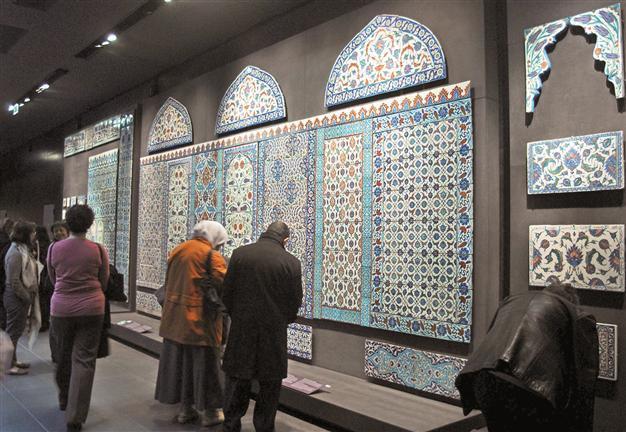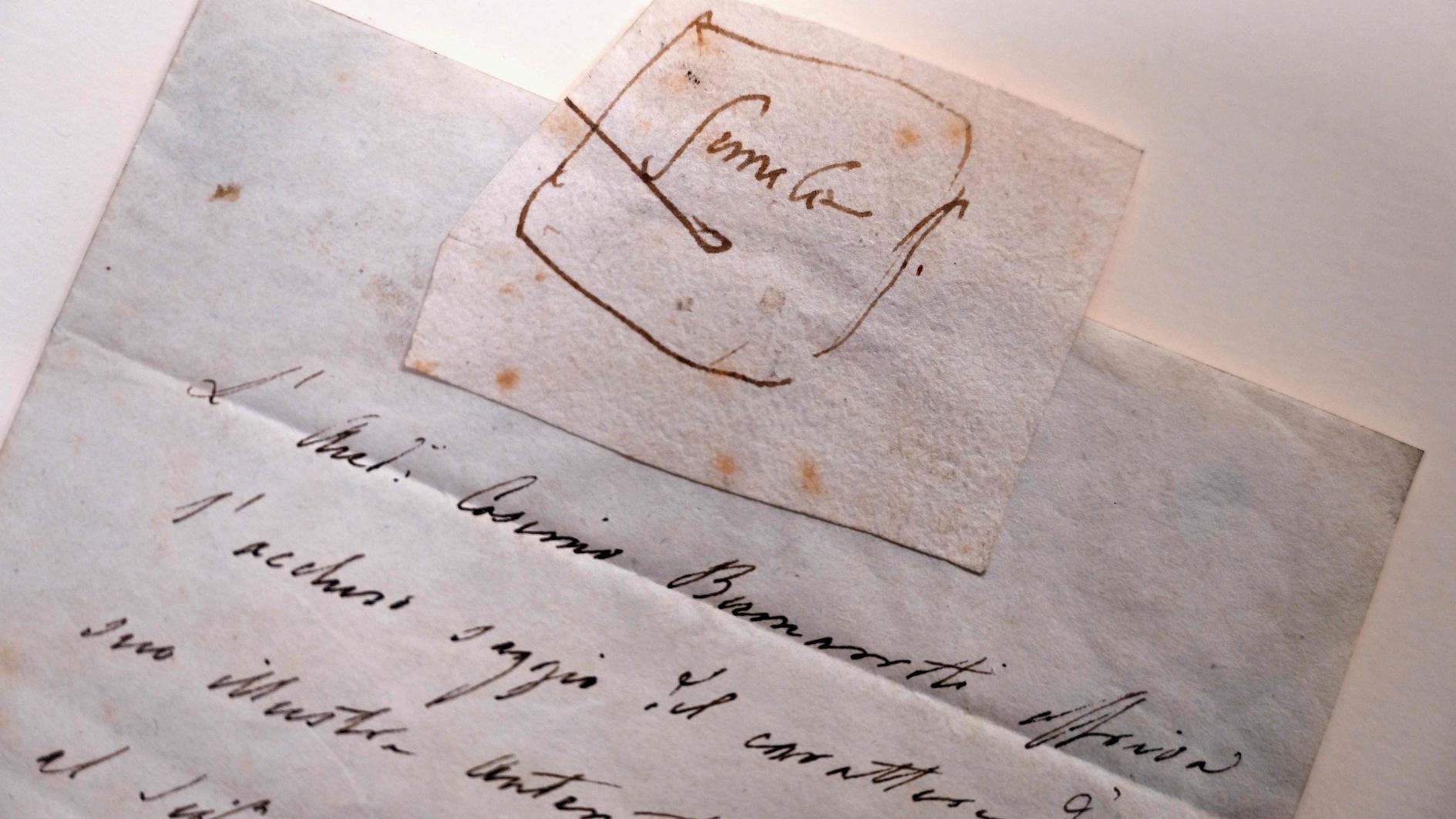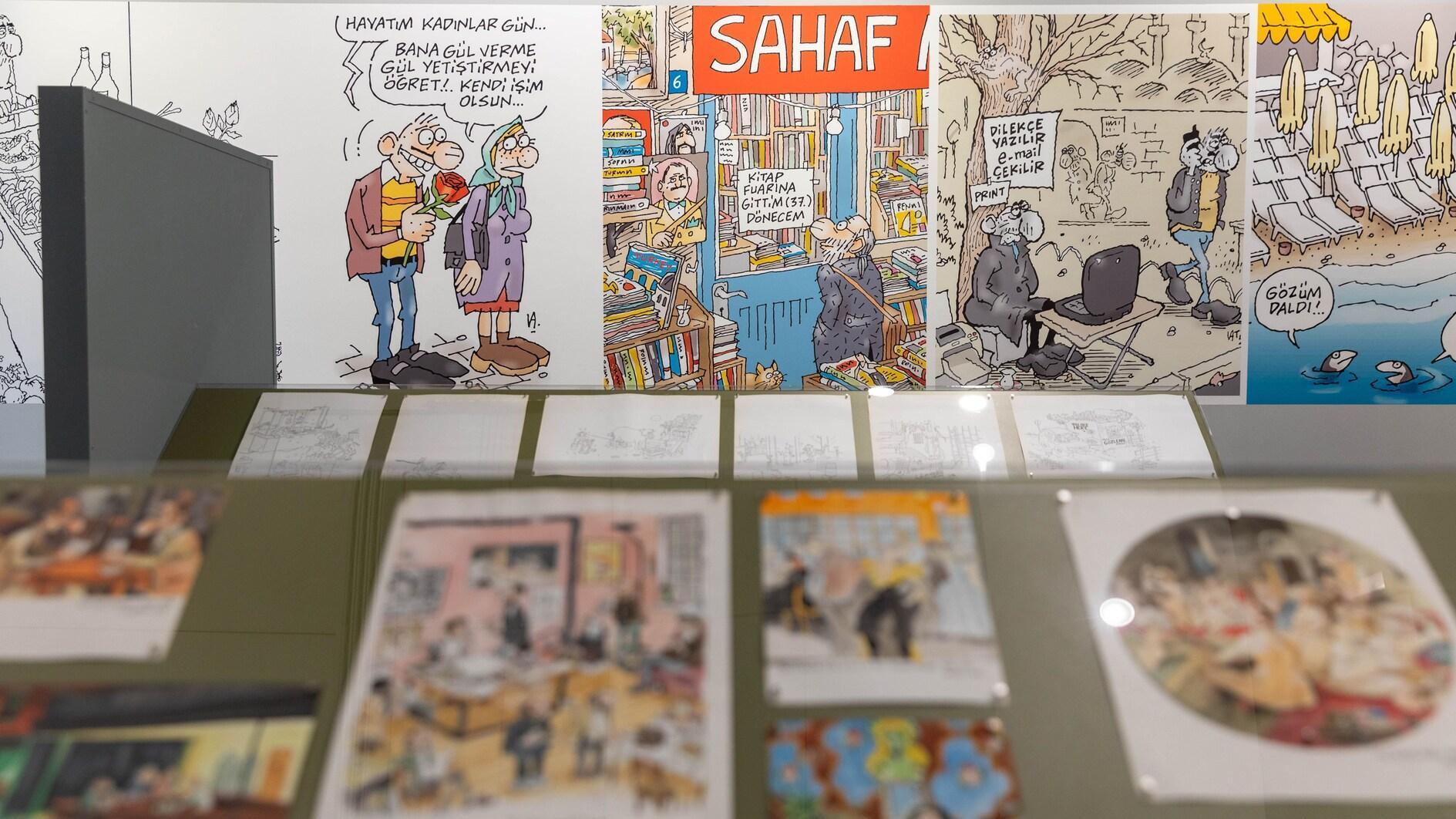Turkish expert responsible for Louvre’s Islamic artifacts
PARIS - Anadolu Agency
 Turkish history of arts expert İlhan Alemdar is responsible for the Islamic artworks section in the world famous Louvre Museum in Paris. Alemdar has studied the history of arts in Greece and France and has been working for the Louvre Museum for 25 years in the staff of the French Culture Ministry. Alemdar, an official of the Islamic arts section of the museum, said the new Islamic arts section is home to nearly 20,000 pieces gathered from private and corporate collections.
Turkish history of arts expert İlhan Alemdar is responsible for the Islamic artworks section in the world famous Louvre Museum in Paris. Alemdar has studied the history of arts in Greece and France and has been working for the Louvre Museum for 25 years in the staff of the French Culture Ministry. Alemdar, an official of the Islamic arts section of the museum, said the new Islamic arts section is home to nearly 20,000 pieces gathered from private and corporate collections.Turkish-Islamic artwork
“Only a small part of this magnificent collection is being displayed,” said Alemdar, adding the artifacts dated back to the first years of Islam in the 7th century to the mid-19th century, a period of some 1,200 years.
“Along with the ones in Turkey, Egypt, the Gulf countries and some other Arabic countries, this collection of the Louvre Museum is one of the rare collections in the world. The artifacts reflect very different techniques and styles from all geographies where Muslims have lived. The Seljuk ceramics from the mansion of Alaaddin Keykubad in Konya, Kaşhan ceramics, Kütahya and İznik tiles, wooden, glass and metal objects, miniatures, calligraphy and manuscripts are among the museum’s magnificent pieces,” Alemdar said.

Speaking about the Louvre Museum generally, Alemdar said that the total display area was 70,000 square meters. He said the museum consumed as much electricity as a city with a population of 4,500 people.
“The museum is made up of 403 rooms, 22 big rooms and galleries. The biggest one is a 264-meter-long gallery. The chronological order of artifacts on display dates back to the ancient ages and continues until 1845. In order to see all the artifacts in the Louvre, one must walk over 70 kilometers and climb 10,000 stairs. As it is understood, days and weeks are needed to see the whole museum,” he said.
History of the Louvre
The Louvre Museum was originally built as a fortress in the 12th century by Philippe Auguste. The fortress turned into a palace between 1370 and 1380 during the time of Charles V. In the end of the 16th century and the beginning of the 17th century, large galleries were built. The main courtyard was extended under the rule of Louis XIII and XIV.
When Louis XIV left the Louvre and moved to Versailles in 1684, the Louvre Palace was left to artists and scientific academics in the 18th century.
At the first stage, 660 artifacts were put on display in 1793. The first director of the museum was Vivant Denon (1747-1802). The palace took its final form under the rule of Napoleon III.
Today the Louvre Museum is home to nearly 35,000 works of art and hosts 40,000 visitors daily. The number of visitors increases to 50,000 in the summer months.
Some 2,200 people from 40 various professions work for the museum, including a 63-person fire department unit that constantly wacthes for a possible fire. Some 360,000 artifacts are kept in the depot of the museum.
The construction of the museum’s additional building, which started in 2008, was finished in 2012 and opened in the same year.
















